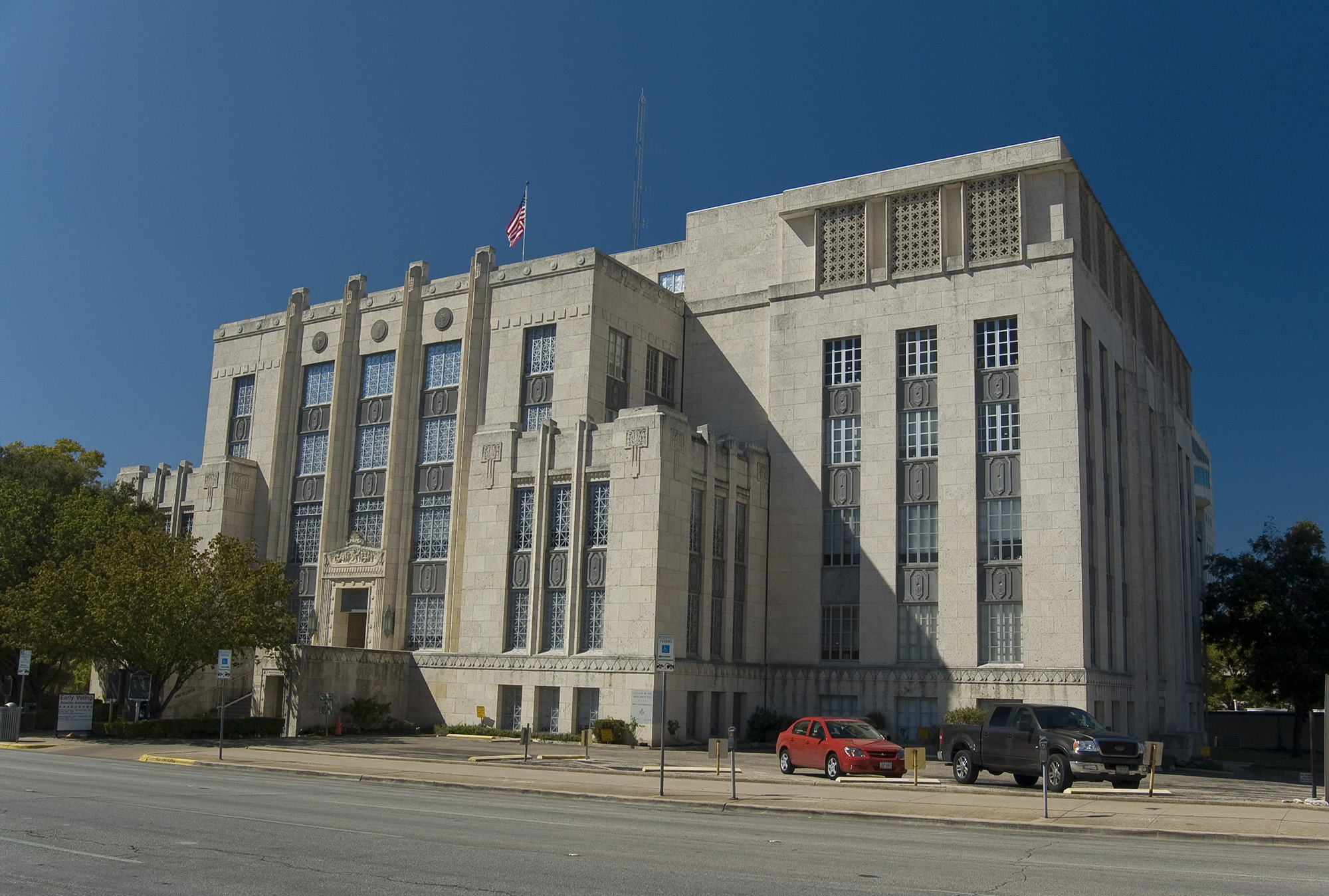Originally published at MintPress News.
Update: On November 3, 2015, the bond to build a new Travis County Courthouse was narrowly defeated.
AUSTIN, Texas — Just as many American roads are crumbling and bridges are badly in need of repair, the legal infrastructure of the country — specifically, its courthouses — is also endangered by age and overcrowding.
Starting this week, early voters in Travis County, Texas, are deciding on a bond that would fund the construction of a new family courthouse to replace an existing 84-year-old structure in downtown Austin, the Heman Marion Sweatt Travis County Courthouse, with a larger and more modern facility. And, like Austin, cities from Seattle to Miami have struggled with how to accommodate aging buildings alongside other budget issues like the growing cost of policing.
MintPress News spoke with Tyler Buckingham, assistant campaign manager from New Courts For Families, the campaign in support of the $287,275,000 bond that would fund the construction of a new courthouse complex on a downtown lot already owned by the state’s capital city. Buckingham explained that while accessible, safe courthouses are crucial to a democratic society, the issue can sometimes go overlooked by the media or politicians.
“Courthouses are expensive and no one wants to build these things,” he said. Buckingham compared the courthouse to expensive car maintenance that can only be put off for so long before a vehicle breaks down. “You have to pay that money. It’s expensive and no one likes doing it, but you have to do it, and courthouses are kind of like that.”
Michael King, news editor for The Austin Chronicle, wrote that the problems facing the existing courthouse are remarkably similar to those faced when it was built:
The existing courthouse was overcrowded, increasingly dilapidated, infested by vermin, and simply inadequate for its current purposes. … The daily newspaper summarized the opinion of the county judge: “All the departments of the building are badly overcrowded and a new courthouse has become a crying need of the county.”
… Eighty-four years later, the arguments for a new Travis County Civil & Family Courts Complex … sound historically familiar. Arguments for a new civil courthouse have proceeded for at least a decade, and the reasons echo across the century. The courthouse is overcrowded, dilapidated, infested with vermin, and simply inadequate for its current purposes and workload.
Buckingham stressed that the county has done a “phenomenal job” expanding the capabilities of the current Heman Marion Sweatt Courthouse. When it was originally built in 1931, for example, it lacked women’s restrooms and featured segregated facilities for black people. Despite decades of progress, modernization efforts have reached their limits, and due to historical preservation laws, the building cannot be expanded any more.

As an example of its current problems, he said only certain floors have handicap-accessible restrooms, and visiting those floors often requires a ride on cramped, antique elevators that frequently break down. When the elevators break, parts have to be special ordered at great expense.
Security is also a major concern due to overcrowding and the increasing load placed on family courts in a rapidly growing city. Indeed, as New Courts for Families notes on its website, “Built when Travis County had only about 78,000 residents, the 84-year-old County Courthouse is overwhelmed by serving today’s 1,158,281 residents.” One major issue is that people seeking restraining orders are often forced to share close quarters with those they’re seeking restraining orders against.
The bond would fund a multi-story facility with better security during these tense situations, and feature modern standards of safety and accessibility. The plans even include a public library for legal research.
Other cities around the country have struggled with similar issues as their courthouses age. In 2010, Judge Bruce Hilyer, at the time the presiding judge of the Seattle-area King County Superior Court, failed in his campaign to pass a bond to replace a “decaying” juvenile court.
“There really was no Plan B for fixing or replacing the courthouse,” Hilyer told The Stranger in 2011, a Seattle independent weekly paper.
Last November, Miami voters also voted against a $393 million bond to replace their civil courthouse, which was constructed in 1928. Law360.com noted the courthouse is unsafe in severe weather and “[n]ine of the floors are closed because of mold and asbestos.”
Buckingham is hopeful that Travis County voters will approve the bond, allowing a new courthouse to be built before another decade passes and the situation worsens. “This plan is well reasoned and takes into consideration the concerns of people throughout the county,” he told MintPress.
“Courthouses need to be places that are safe, welcoming, secure and universally accessible for everyone,” Buckingham said.
